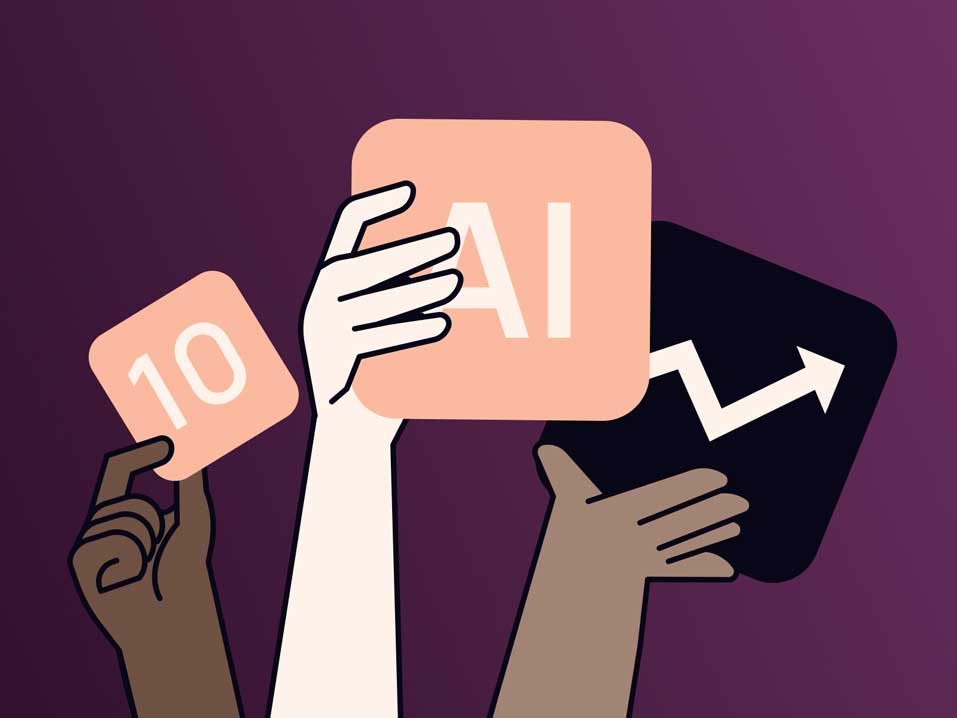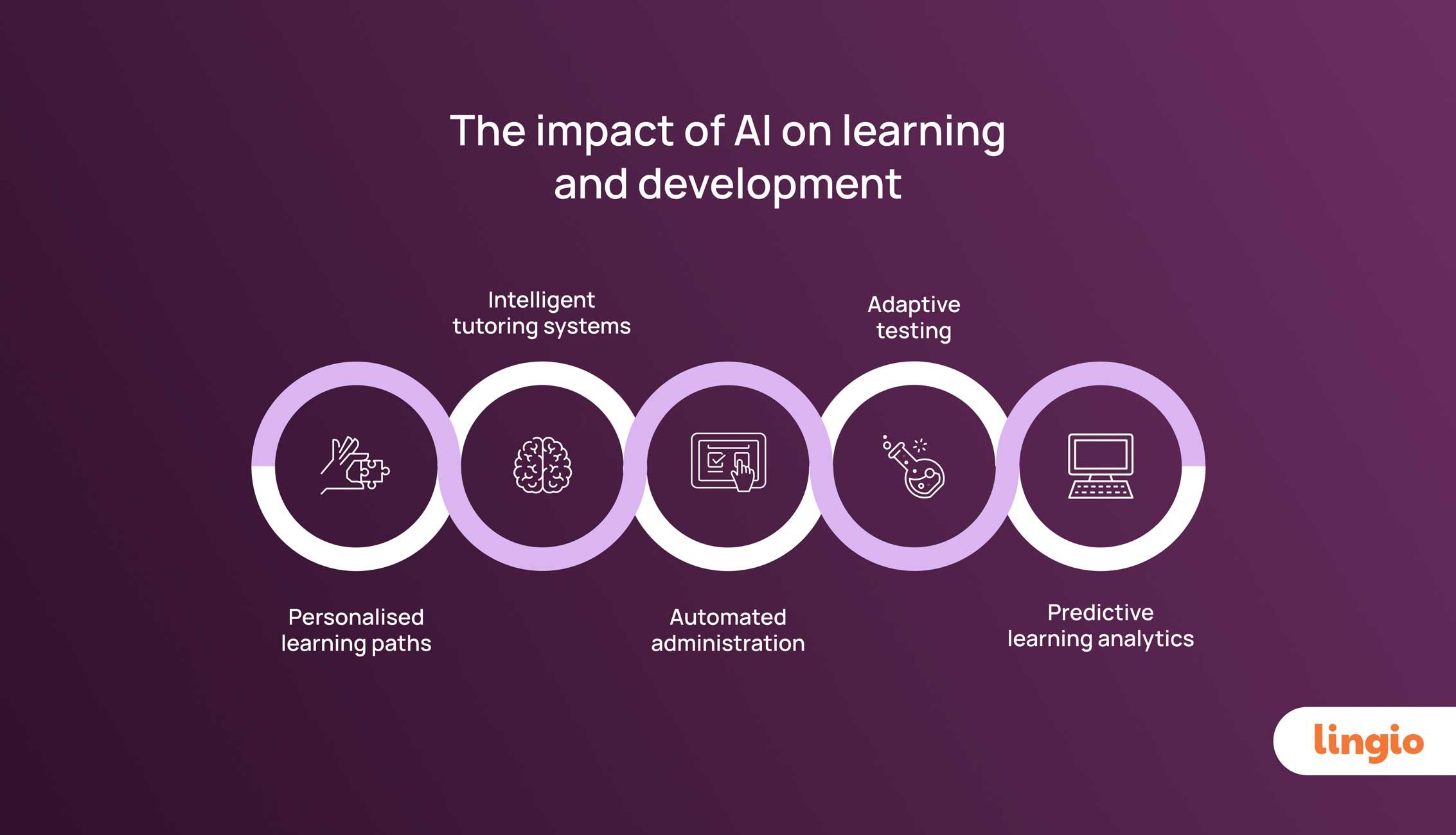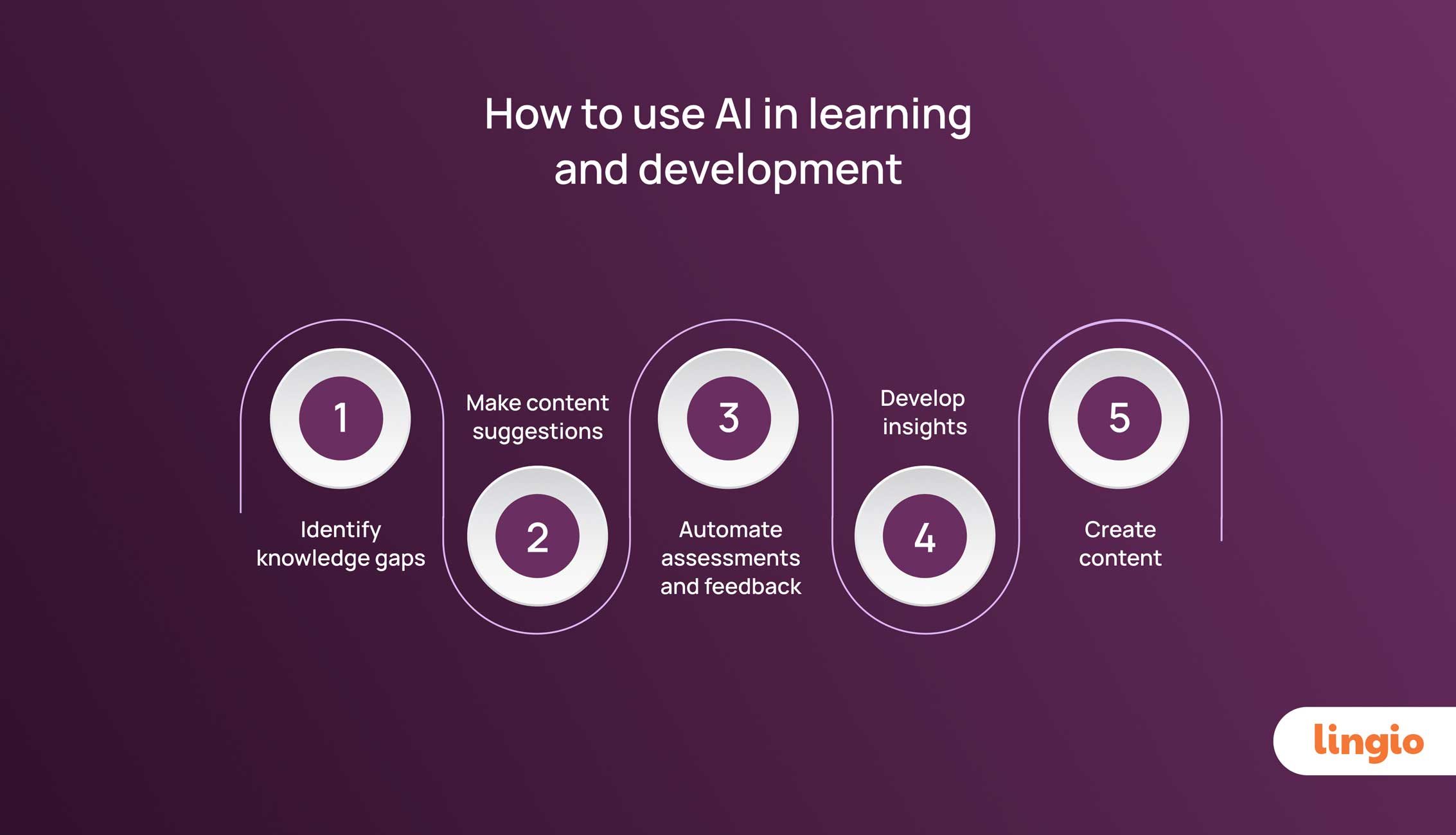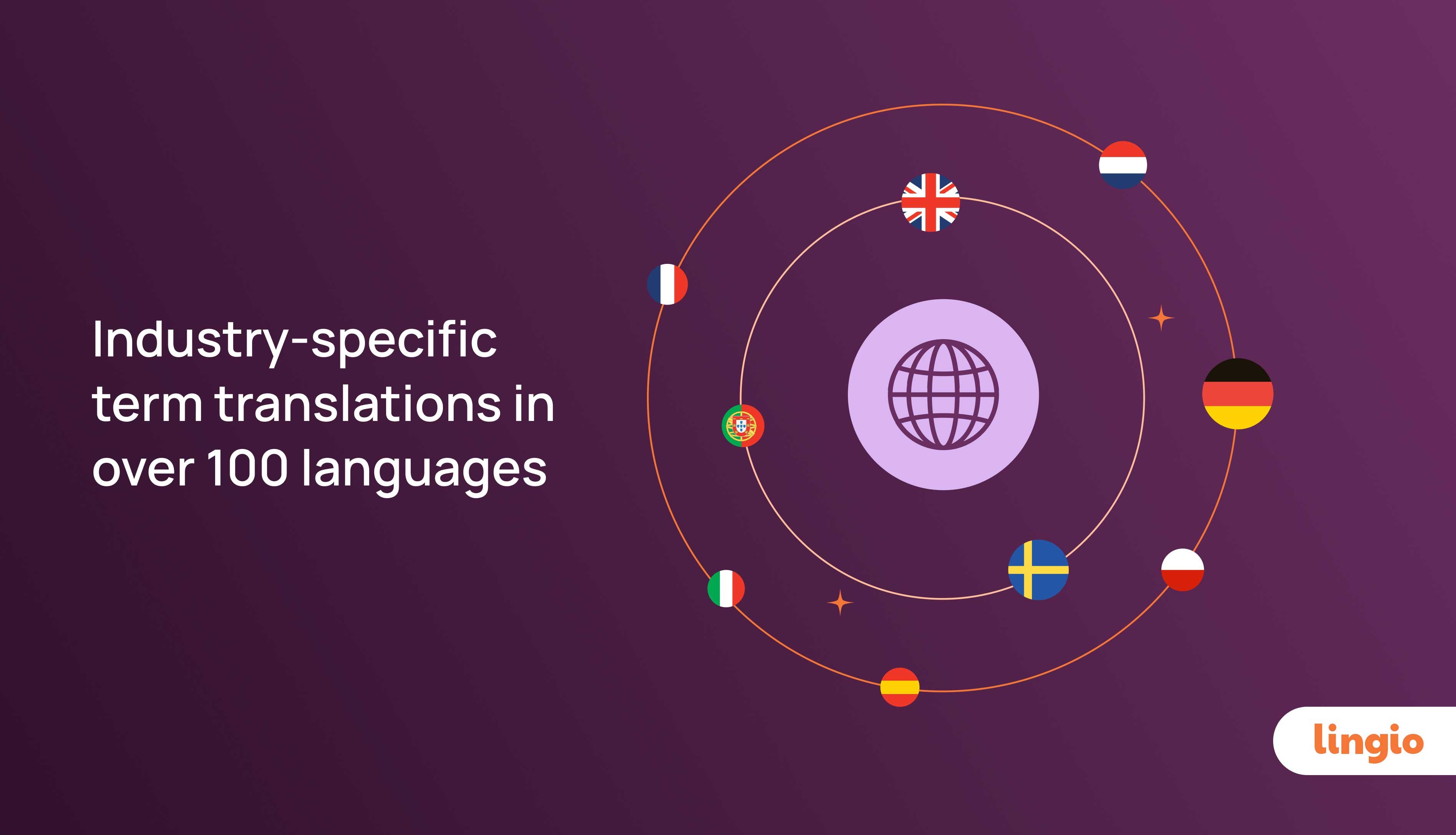9. Addressing concerns and challenges of AI in L&D
While the benefits are significant, it’s essential to understand that adopting AI in L&D also presents challenges and concerns, requiring careful planning and strategic implementation. One of the primary concerns is integration.
Ensuring that AI-powered learning management systems (LMS) seamlessly fit into an organisation's existing tech stack and infrastructure can sometimes be challenging. A cloud-based AI-powered LMS that’s easy to use, like Lingio, can mitigate these concerns.
Costs can be another significant hurdle. AI software can sometimes come with a hefty price tag. It’s essential to weigh the necessity of software against its cost, avoiding unnecessary expenditures. Factors influencing costs include the type of LMS (self-hosted vs. cloud-based), the need for AI experts, and the extent of staff training required. We’re proud that Lingio offers fair prices for our range of packages. Paid subscription plans begin at $416 for up to 100 learners when billed annually.
Additionally, infrastructure readiness is crucial. Many AI tools for training and development require modern, robust digital infrastructures. Outdated systems may not support the resource-intensive nature of many AI tools, necessitating further investment in technological upgrades.
Finally, it’s essential to manage expectations regarding AI’s capabilities. While AI can significantly enhance training efforts, it’s not a one-stop solution. The effectiveness of AI is contingent on the quality of the input data and the learning content. Overestimating AI’s capabilities can sometimes lead to underinvestment in other critical areas of the training strategy. Staff training in understanding AI’s limitations is essential for a balanced approach to L&D.







